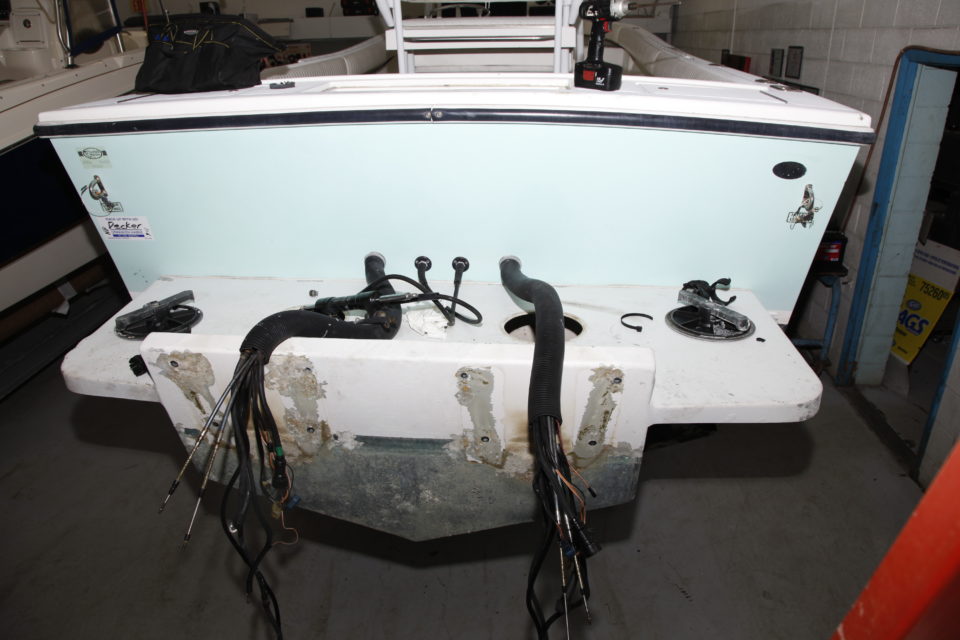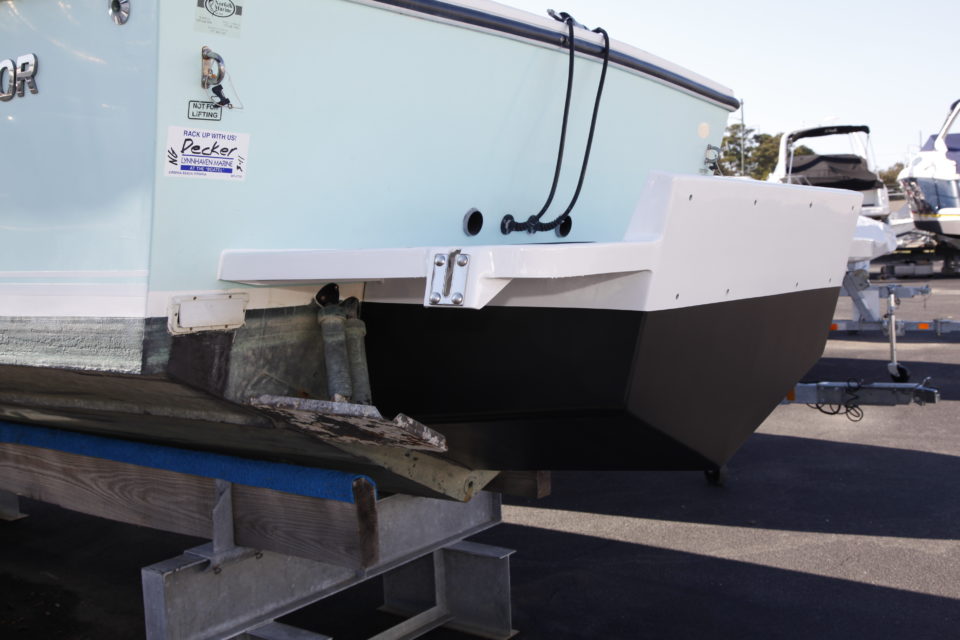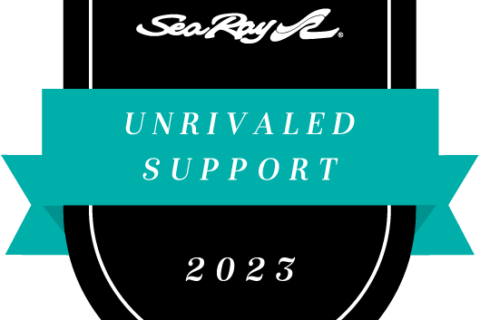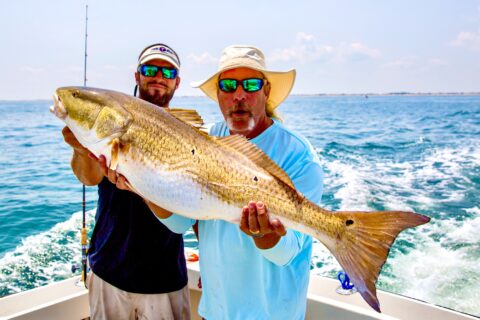The answer to this question can be “Yes” or “No.”
One of the many advantages of dry storing your boat is the peace of mind knowing that your boat is free from the elements, which includes excessive growth on the hull. Most dry storage customers will just experience a yellow tinting of the hull. This is a reaction between the fiberglass and the salt water. The rate at which this tinting accumulates is largely based upon usage and the salinity of the water that your boat is in, but it can be slowed with proper rinsing and cleaning of the hull.
On the other hand, boats that either live or spend extra long stretches at one time in the water very often do require bottom painting.
There are two main kinds of bottom paint: ablative paint and hard paint.
Many factors come into play when determining which bottom paint is best for you. Some key factors are frequency of usage, total time the boat will stay in the water and water salinity levels.
Ablative paints are designed for boats that will spend time both in and out of the water or will be used frequently.
The science behind ablative paints allows for the friction of the boat running in the water to act as a cleaning tool. The constant rubbing of hull and water provides for a constant washing. This is possible because of the “soft” nature of ablative paint. The chemical makeup of ablative paints also allows for them to survive outside of the water (on a trailer or dry storage), and not lose much of their safeguards.
Hard paints are designed for boats that will live in the water and may spend less time moving.
The science behind hard paint makes the paint applied not “taste” good to most marine growth. This style of paint basically creates a hard shell on the bottom for protection. These boats also often will hire local divers to rub the bottom of the boat from time to time to make sure it is not accumulating growth while it is still in the water.
Hard paint must remain in the water, unless being pulled for bottom cleaning, reapplication or maintenance work. The time it spends out of water must be closely monitored. Over time, generally around three weeks, the makeup of the paint tends to die off, rendering the bottom paint less effective.
The styles, brands and methods of bottoms vary widely.
When deciding upon paint vs. no paint, please visit your local boatyard or marina and sit down with someone to discuss your choices. Each boat and situation is truly unique.
We welcome you to come by or contact us about any questions or concerns you may be facing in planning. Ultimately the largest concern is doing what is best to protect the integrity of the boat and ensuring its safe and efficient lifespan.





